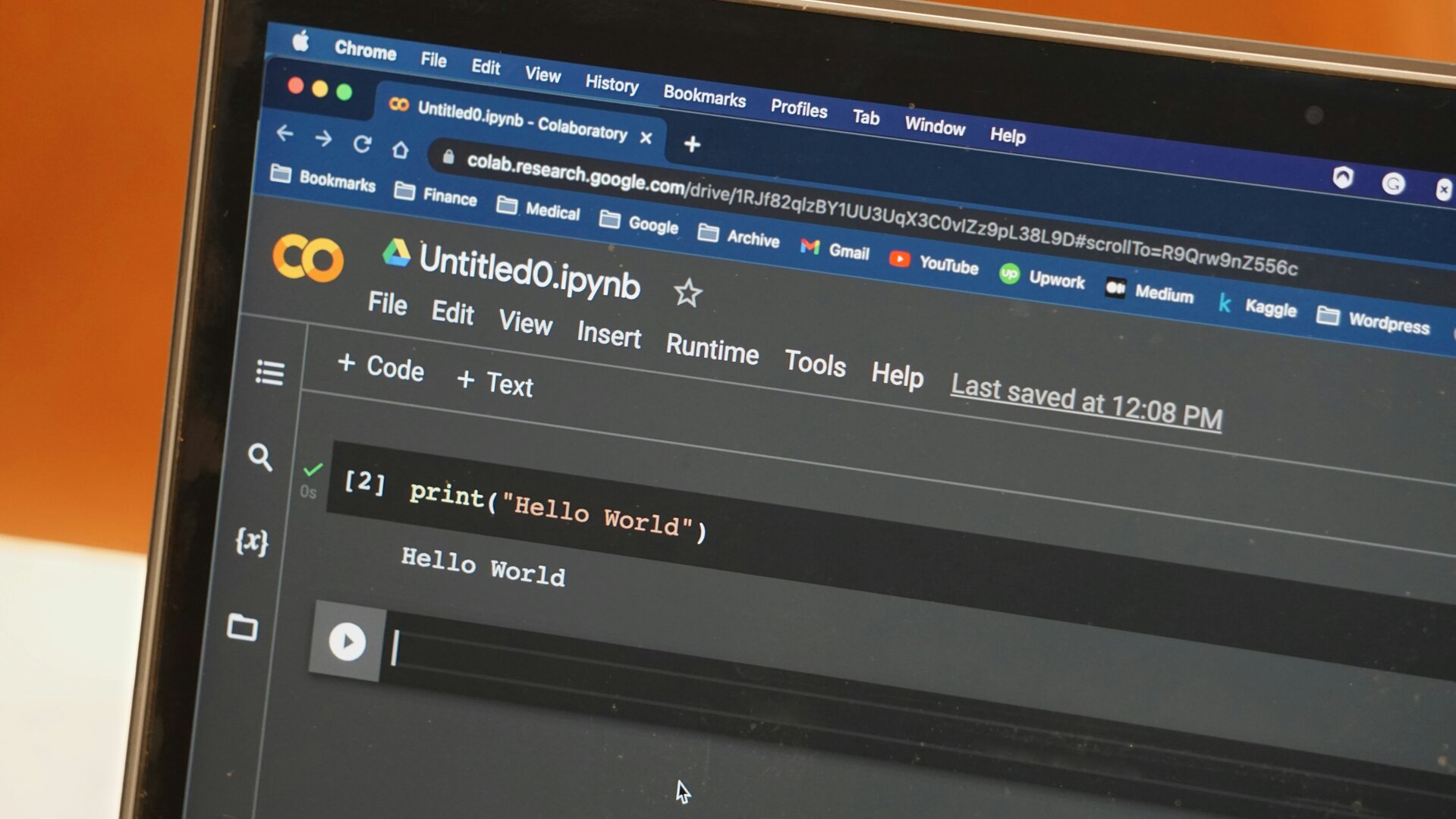Optimization for Gradient Descent and Learning Algorithm
Notions about gradient descent.
Optimizing Learning Algorithm
Feature Engineering (特征工程)
Use intuition to create new features, by combining and transforming the original ones.
Polynomial Regression
Use not only $x$, but also $x^2, x^3, \sqrt{x}$ etc.
Initialization Weights
Improper initialization may lead to problems of gradient vanishing/explosion, slow converging or stucking in local minimum.
Zero Initialization (全零初始化)
Set all W = 0, b = 0.
Can’t be used in neural networks –> all neurons calculate the same gradients, which means they learn the same information from training and can’t converge.
Suitable for bias, not for weights.
Random Initialization (随机初始化)
Set W and b with small random values.
Suitable for small neural networks, but not deep neural networks.
When random value is too small, cause gradient vanishing.
When random value is too big, cause gradient explosion.
Xavier Initialization (Xavier初始化)
Make the variance of input and output be the same, to avoid gradient vanishing or explosion.
Suitable for neural networks using Sigmoid or Tanh, but not ReLU
Suitable for deep neural networks.
He Initialization (Kaiming He初始化)
Suitable for ReLU, Leaky ReLU or Parametic ReLU,
Suitable for deep neural networks like CNN, ResNet.
Gradient Descent Convergence
Plot a “Learning Curve” graph
Plot a graph of cost function J after each iteration (after gradient descent) on the y-axis and times of iteration on the x-axis.
Watch if the learning curve is decreasing after every iteration.
J ever increased: $\alpha$ is too large or any bugs
Automatic Convergence Test with $\epsilon$
Let $\epsilon$ be $10^{-3}$.
If J decreases by $\leq \epsilon$ in one iteration, convergence!
Disadvantage: $\epsilon$ is hard to choose
Choose the Learning Rate
Try a series numbers:
- from $\alpha$ = 0.001, plot the learning curve graph.
- multiple $\alpha$ by three (e.g., 0.001 -> 0.003 -> 0.01 -> 0.03), repeat step 1 to find a suitable $\alpha$.
Feature Scaling (特征缩放)
When we face the problem of multidimensional features, we need to ensure that these features have similar ranges, which will help the gradient descent algorithm converge faster.
One way to do this is called “Feature Scaling”.
1. Mean Normalization (均值标准化)
$$
x_i := \frac{x_i - \mu_i}{\text{max} - \text{min}}
$$
$\mu_i$ refers to the mean of all the values for feature (i)
2. Z-score Normalization
$$
x_j^{(i)} = \frac{x_j^{(i)} - \mu_j}{\sigma_j}
$$
µ𝑗 (miu) is the mean of all the values for feature (j).
𝜎𝑗 (sigma) is the standard deviation of feature (j), which is calculated by $𝜎 = \sqrt{\frac{\sum_{i=1}^N (x_i - µ)^2}{N}}$
Overfitting and Regularization (过拟合和正则化)
Overfitting
Make too many efforts (use polynomial patterns) to train the model under training dateset will cost “overfitting”, which means the model could do well in training dataset, but no good in new dataset.
High Bias and High Variance
High bias (underfit): model doesn’t fit training set well.
High Variance (overfit): model fits training set extermely well, but seems won’t generalize to new data well.
Reduce Overfitting
- Collect more training data.
- Try to avoid using so many polynomial features.
- Select features to include / exclude (feature selection): useful features could be lost
all features + insufficient data -> overfit
- Regularization
Regularization
To fix overfitting, we use a technique called “regularization”.
Regularization encourages gradient descent to minimize the size of the parameters, which avoid the polynomial features to make an overly large effect.
regularization term:
$$
\frac{\lambda}{2m}\sum_{j=0}^{n-1} w_j^2,\ \lambda \ is \ regularization parameter
$$
The parameter b will usually not be regularized.
Choose good values for $\lambda$
Regularization for Linear Regression
$$
J(\mathbf{w},b) = \frac{1}{2m} \sum\limits_{i = 0}^{m-1} (f_{\mathbf{w},b}(\mathbf{x}^{(i)}) - y^{(i)})^2 + \frac{\lambda}{2m} \sum_{j=0}^{n-1} w_j^2 \tag{1}
$$
where:
$$
f_{\mathbf{w},b}(\mathbf{x}^{(i)}) = \mathbf{w} \cdot \mathbf{x}^{(i)} + b \tag{2}
$$
Regularization for Logistic Regression
$$
J(\mathbf{w},b) = \frac{1}{m} \sum_{i=0}^{m-1} \left[ -y^{(i)} \log\left(f_{\mathbf{w},b}\left( \mathbf{x}^{(i)} \right) \right) - \left( 1 - y^{(i)}\right) \log \left( 1 - f_{\mathbf{w},b}\left( \mathbf{x}^{(i)} \right) \right) \right] + \frac{\lambda}{2m} \sum_{j=0}^{n-1} w_j^2 \tag{3}
$$
where:
$$
f_{\mathbf{w},b}(\mathbf{x}^{(i)}) = sigmoid(\mathbf{w} \cdot \mathbf{x}^{(i)} + b) \tag{4}
$$
